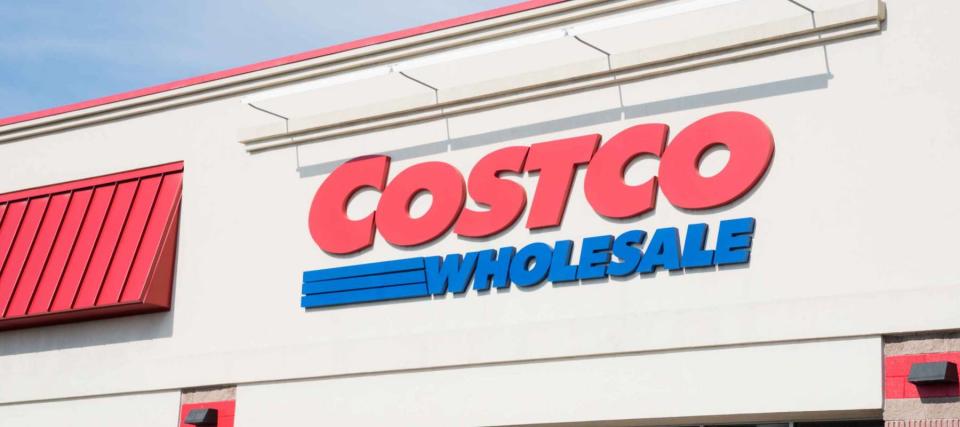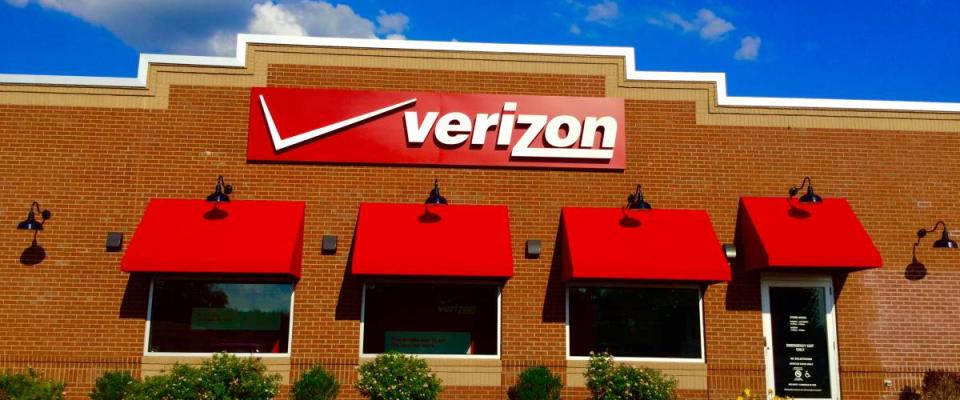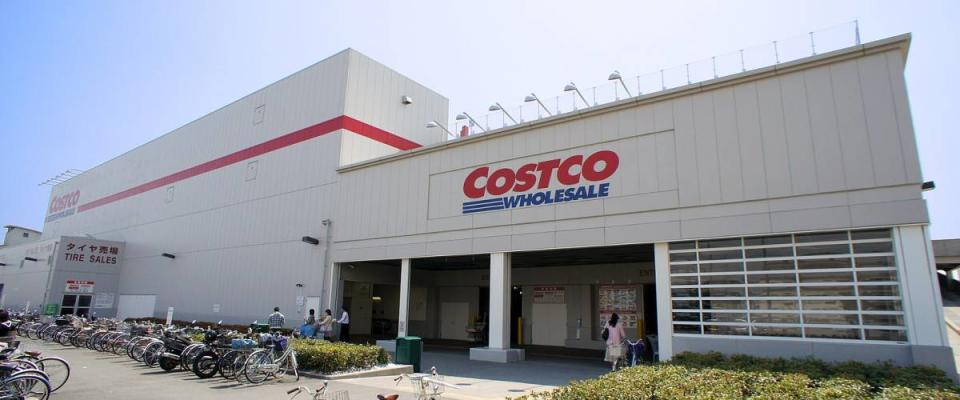Protect your wealth from the next crisis with these simple low-volatility stocks

Some investors enjoy the thrill of uncertainty.
But others — especially more conservative investors or those nearing retirement — simply want to earn decent returns in the most steady and reliable way possible.
Given all of the market anxiety surrounding rising cases of COVID variants and soaring inflation, many are looking to add some stability to their portfolio.
The solution? Low-beta stocks, also known as low volatility stocks.
As you're trying to figure out where to invest your money, beta is a simple measure of how volatile a given stock is compared to the overall market. Stocks that move more than the market will have a value of more than one; while stocks that move less than the market will have a value of less than one.
Low-beta stocks can help investors protect their portfolios through choppy market conditions — and grow wealth at the same time.
Here are three low-beta stocks worth considering.
General Mills (GIS)

General Mills, the maker of Cheerios and Wheaties cereals, boasts more than 100 brands in 100 different countries on six continents. You’d be hard-pressed to find a supermarket aisle that doesn’t have at least one product from this multinational food manufacturer on its shelves.
The stock’s five-year beta is 0.6, meaning that it's about 40% less volatile than the overall market.
While General Mills’ pandemic sales boost is largely over — revenue increased just 3% in the most recent quarter — the shares have slid in recent weeks, providing dividend investors with a tasty opportunity.
Management anticipates consumers will continue to prepare meals at home at a higher rate compared to pre-pandemic levels, suggesting there will be even more opportunities for General Mills to meet evolving consumer needs.
When you couple that outlook with the stock’s attractive dividend yield of 3.5% — higher than that of other food giants like Mondelez (2.3%) and Hormel (2.3%) — looks like a steady bet in uncertain times.
Verizon Communications (VZ)

Verizon Communications is one of the world’s largest telecom companies, boasting roughly 94 million wireless retail connections, 7 million broadband connections, and 4 million Fios video connections.
The stock’s five-year beta is 0.5, displaying just half of the volatility as the overall market. Main telecom rival AT&T sports a significantly higher beta of 0.75.
The company’s second-quarter report last month easily topped expectations, with management crediting its strong growth to an “increase in 5G phone adoption, customer and sequential wireless service revenue growth, and superior network reliability.”
Verizon now expects its 2021 total wireless service revenue to grow between 3.5% to 4% this year — up from estimates of just 3% earlier in the year. Management also increased its earnings guidance for the year.
Given Verizon’s attractive wireless tailwinds, strong operating momentum heading into the second half of the year, and a fat dividend yield of 4.5%, now might be an opportune time to pounce on this low-volatility play.
Costco (COST)

Like General Mills, the warehouse club retailer Costco has experienced a rather sharp pandemic sales boom. Whether you need batteries or butter, canned chickpeas or clothing, Costco offers a one-stop shop for individuals wary of limiting their contact with others.
In the company’s most recent quarter, net sales improved 22% from the year-ago period to $44.4 billion.
The stock’s five-year beta is just 0.6, which is particularly impressive considering how well the stock has performed in recent years. Over the past five years, Costco shares have provided an average annual return of 23% versus just 18% for the S&P 500.
In other words, Costco shares have provided the perfect combination of both low risk and high returns.
As the Delta variant continues to fuel the country’s rising COVID case count, Costco will likely remain a go-to retailer for American shoppers — especially in its e-commerce segment, which has seen a 64% spike in sales.
Low-volatility alternative
There you have it: three attractive low-volatility stocks to help protect your portfolio in these uncertain times.
While meme-stock madness makes most of the financial headlines these days, finding stable, recession-proof opportunities should be a major goal for risk-averse investors.
Of course, you don’t have to limit yourself to the stock market to do that.
For instance, this investing service makes it possible to lock in a steady rental income stream by investing in premium real estate properties — from commercial developments in LA to residential buildings in NYC.
You’ll gain exposure to high-end properties that big-time real estate moguls usually have access to, and you’ll receive regular payouts in the form of quarterly dividend distributions.
This article provides information only and should not be construed as advice. It is provided without warranty of any kind.
